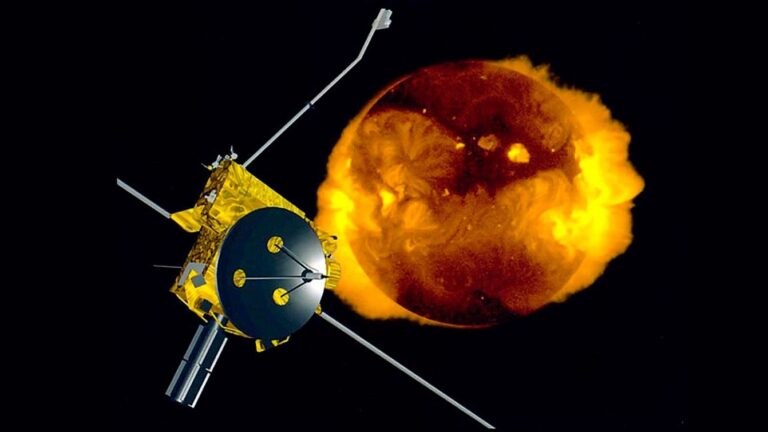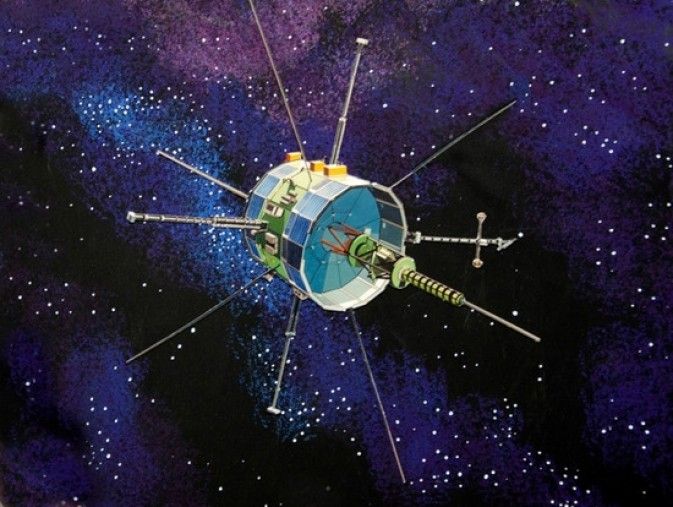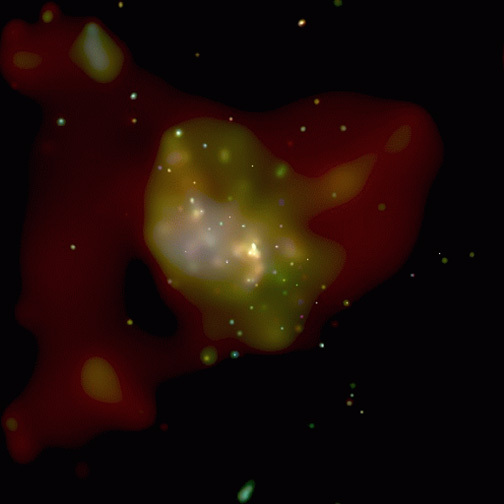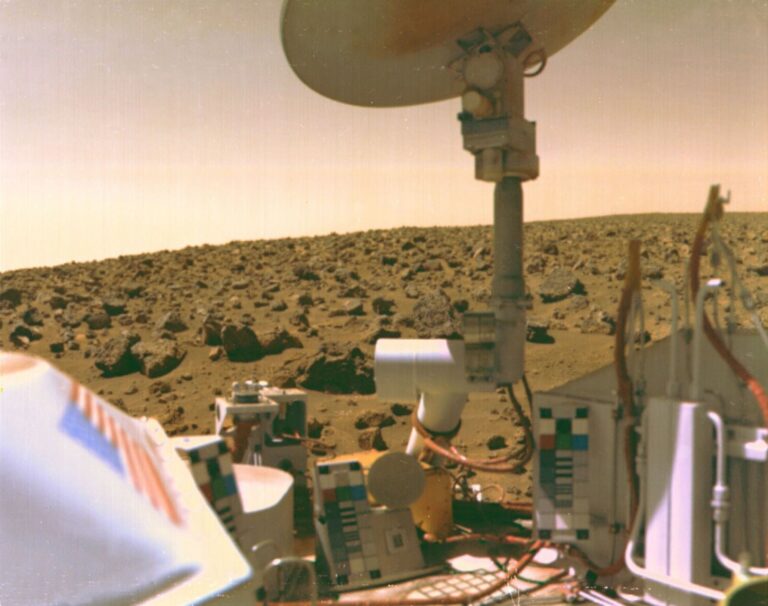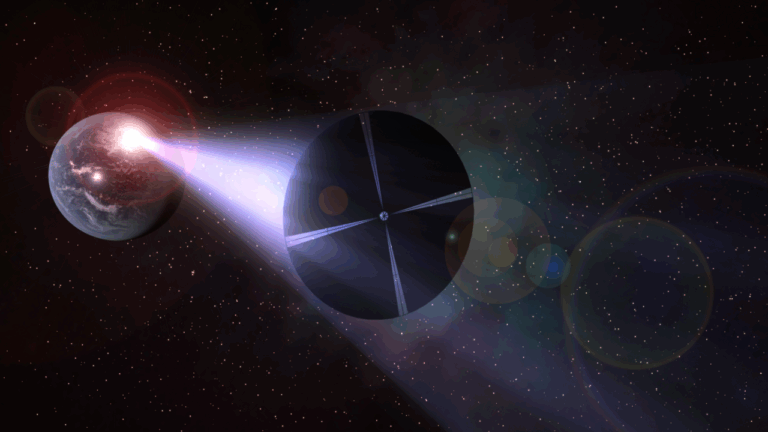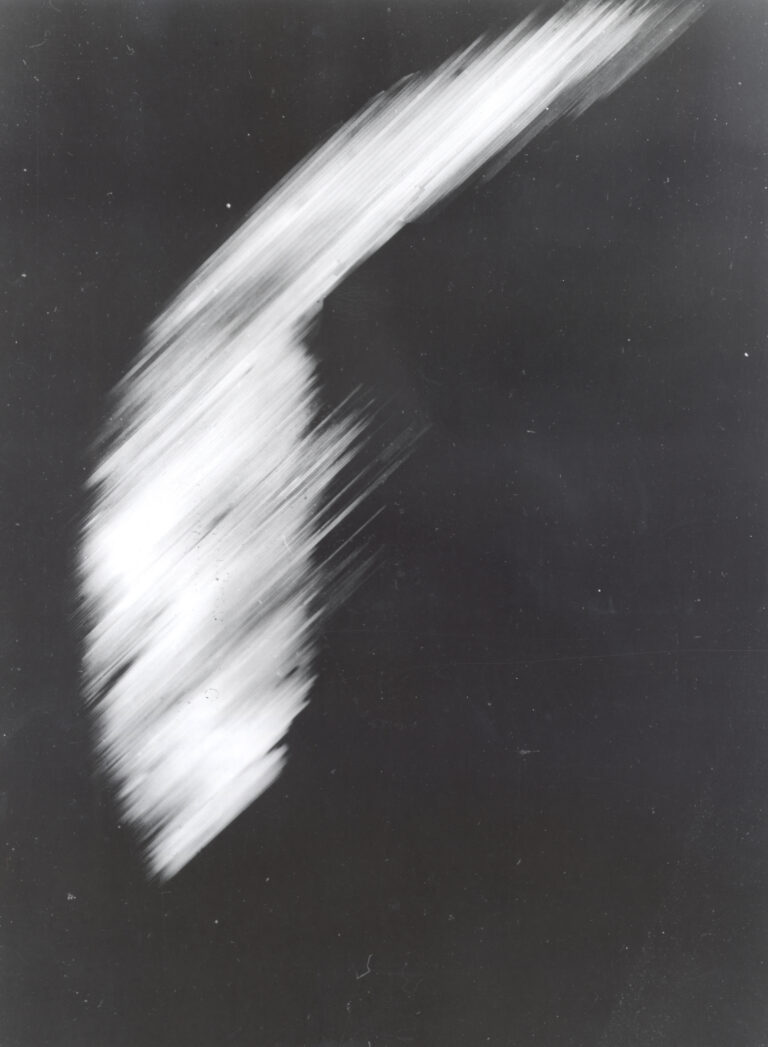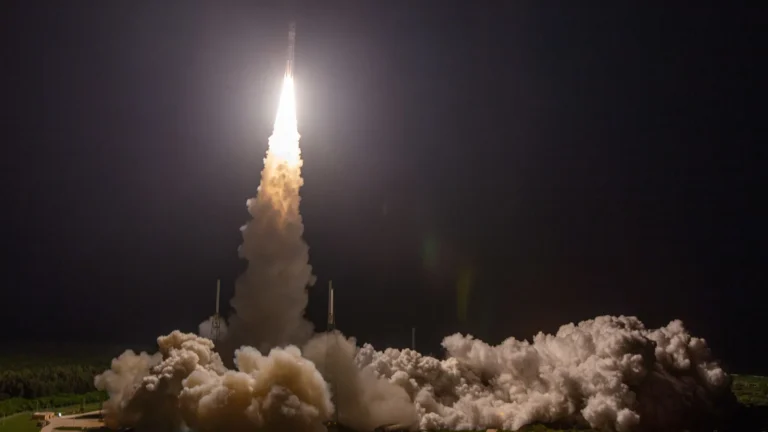Key Takeaways:
On June 30, a team led by Andrew Beardmore at the University of Leicester in the United Kingdom imaged the system using the X-Ray Telescope aboard Swift, revealing a series of concentric rings extending about one-third the apparent size of a Full Moon. A movie made by combining additional observations acquired on July 2 and 4 shows the expansion and gradual fading of the rings.
Astronomers say the rings result from an “echo” of X-ray light. The black hole’s flares emit X-rays in all directions. Dust layers reflect some of these X-rays back to us, but the light travels a longer distance and reaches us slightly later than light traveling a more direct path. The time delay creates the light echo, forming rings that expand with time.
Detailed analysis of the expanding rings shows that they all originate from a large flare that occurred June 26 at 1:40 p.m. EDT. There are multiple rings because there are multiple reflecting dust layers between 4,000 and 7,000 light-years away from us. Regular monitoring of the rings and how they change as the eruption continues will allow astronomers to better understand their nature.
“The flexible planning of Swift observations has given us the best dust-scattered X-ray ring images ever seen,” Beardmore said. “With these observations we can make a detailed study of the normally invisible interstellar dust in the direction of this black hole.”
V404 Cygni is located about 8,000 light-years away. Every couple of decades, the black hole fires up in an outburst of high-energy light. Its previous eruption ended in 1989.




